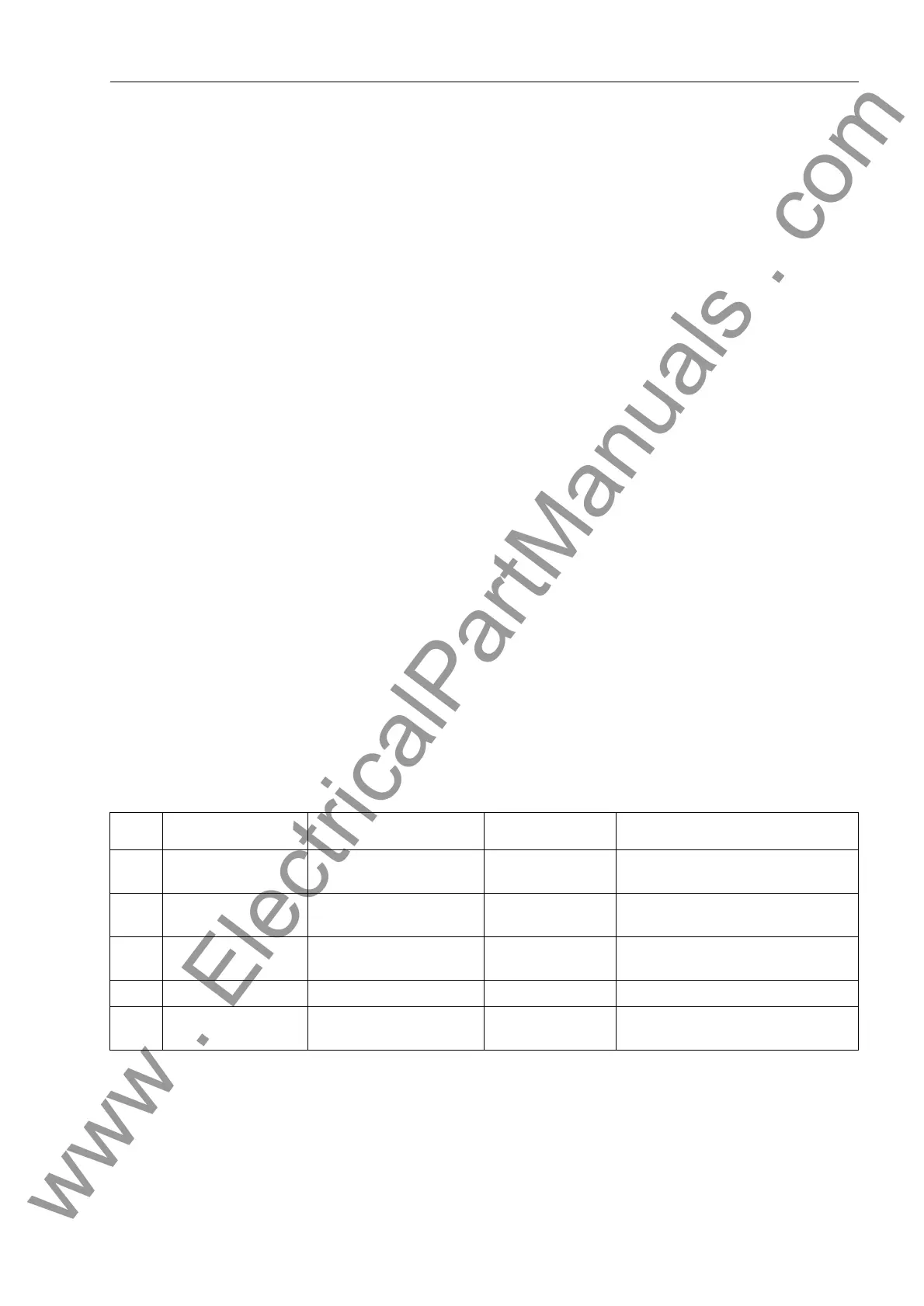Functions
6-717SJ62 Manual
C53000-G1140-C121-1
The maximum current ,0D[where inrush restraint can operate is set at address
,f energizing the protected equipment results in a current that exceeds the ,
0D[Vetting value, inrush restraint based on detection of second harmonic currents
will no longer occur.
6.5.2 Programming Settings
Inrush restraint will only operate, and is only accessible, if enabled at address
,QUXVK5HVWUDLQW during configuration of protective functions. If the function is not
required, address should be set to 'LVDEOHG. The function may be switched 21
or 2)) at address ,1586+5(67.
Upon delivery from the factory, the device is programmed to initiate inrush restraint
when the second harmonic component of the measured current exceeds 15 % of the
total current. This value is identical for all phases and ground, and may be modified at
address QG+$5021,&. Under normal circumstances, this setting will not need
to be changed. However, in special situations, this setting may be as low as 10 %.
If cross-blocking is desired, it can be enabled at address &5266%/2&.. Cross-
blocking can be activated for a specified amount of time, entered at address
&5266%/.7,0(5.
The maximum current where inrush restraint can operate is set at address
,0D[.
6.5.2.1 Settings for Inrush Restraint (Stabilization)
In the list below, the setting range and default setting value for I Max are for an equip-
ment with a nominal current rating I
N
= 5 A. For a nominal current rating I
N
= 1 A, divide
the Setting Options values and Default Setting value for I Max by 5. Consider the cur-
rent transformer ratios when setting the equipment with primary values.
Ad-
dress
LCD-Text Setting options Default Setting Comment
2201 INRUSH REST. OFF
ON
OFF Switch-on Inrush stabilization
2202 2nd HARMONIC 10 ~ 45% 15% Component of 2nd harmonic for In-
rush recognition
2203 CROSS BLOCK No
Yes
No Blocking per crossblock function
2204 CROSS BLK TIMER 0.00 ~ 180.00 sec. 0.00 sec. Blocking time for crossblock function
2205 I Max 1.50 ~ 125.00 A 37.50 A Maximum current for inrush recogni-
tion
www . ElectricalPartManuals . com

